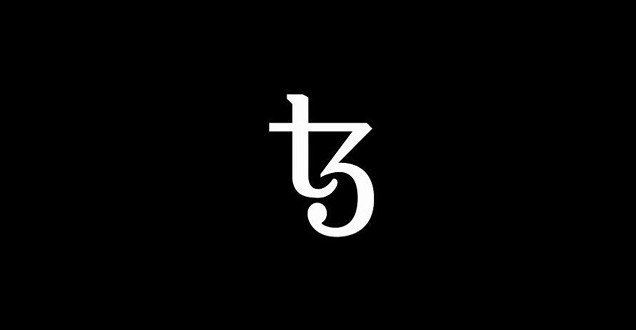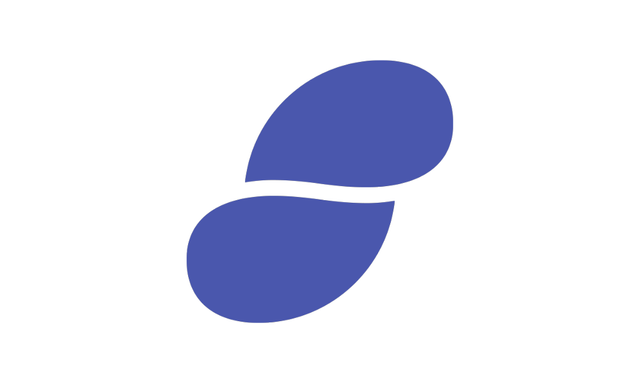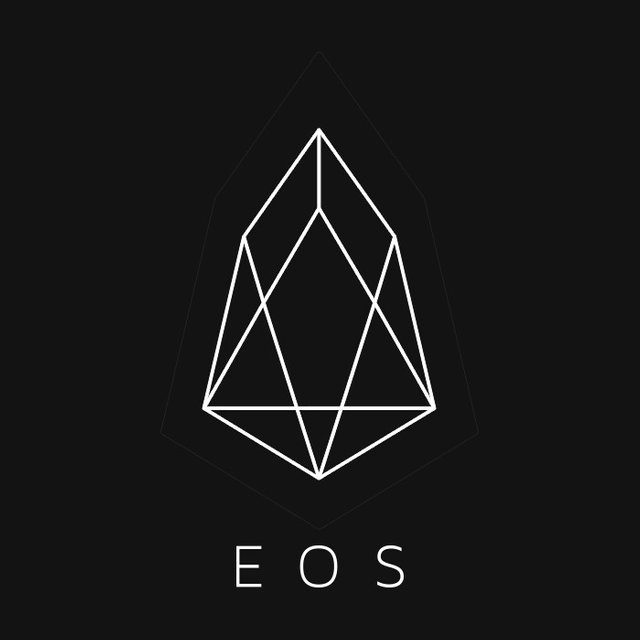The Biggest ICOs Overview

In the financial industry, you know you’re becoming increasingly popular when the US Security Exchange Commission, or SEC, is looking to regulate what you do. That’s the current state of the Initial Coin Offering, or ICO, market. The SEC ruled in July that some of the “coins” being sold are securities, making them subject to regulations. The attention of the SEC prompts the question: just how big is the ICO market? Let’s take a look at the biggest ICOs so far — and how they happened.
Filecoin: $250 mln and still counting

Blockchain data storage network Filecoin began its initial public offer on Aug. 10, 2017. According to reports, the decentralized storage network has raised roughly $200 mln from accredited investors since the start of the ICO. In addition to the $52 mln raised from venture capital firms, the Filecoin ICO had raised over $250 million on Aug. 21, 2017. The Filecoin ICO has been strictly available to accredited investors — mainly high net-worth individuals who can stomach the risk of investing in unregistered securities. This is a result of the aforementioned SEC ruling that some coins sold in ICOs are actually subject to SEC regulations. The Filecoin ICO ends in early September.
Filecoin’s model will employ the peer-to-peer InterPlanetary File System, or IPFS, to store and secure data. This model allows users to earn by donating their free hard drive storage space. Filecoin is going to compete with MaidSafe, another decentralized storage project.
Tezos: $232 mln

Self-amending cryptoledger Tezos raised an estimated $232 mln in an ICO which ran between July 1 and July 14 2017. This amount, which consists of 65,627 BTC and 361,122 ETH, was a record ICO as of the closing date. Here is Tezos’ concept as available on TokenMarket.
Tezos is a secure, future-proof smart contract system. Because Tezos has a built-in consensus mechanism, its protocol can evolve and incorporate innovations over time, without the risk of hard forks splitting the market. Tezos is its own Blockchain, not a derivative of any other Blockchain. They didn’t just fork Bitcoin or Ethereum and add a layer onto it. Rather, they built our own from the ground up, and their smart contract language makes it easier to apply formal verification to any smart contract running on the Tezos Blockchain.
The Tezos team is aiming to make software updates automatic within the Tezos network, which will theoretically help avoid the conflicts over upgrades that have been a problem with other systems in recent years, such as Bitcoin for instance. Tezos CEO and cofounder Kathleen Breitman told Fortune that the Tezos ICO saw the opening of over 30,000 Tezos wallets.
Bancor: $153 mln

Bancor, a prediction Blockchain project, raised roughly $153 mln in ether, the digital currency of the Ethereum Blockchain network, during its ICO in June 2017. Even though the ICO was controversial, it brought in over 390,000 ether, and according to estimates, the event was a record in the ICO market at the time.
Some of the controversies involved criticism from the Blockchain public regarding the validity of the liquidity problems which the Bancor project is looking to solve. Emin Gün Sirer, an associate professor of computer science at Cornell University, wrote that Bancor’s approach to providing liquidity for digital assets is flawed, in a blog post that went viral. Another controversy revolved around difficulties to get transactions through. The Ethereum network witnessed huge traffic, leading the Bancor team to “extend the minimum time to three hours in order to allow the Ethereum network to process all pending transactions and allow everyone whose transactions have failed to retry.” The time extension led participants to worry about the value of their Bancor Network Tokens, or BNT, due to a possible oversupply. BNT is the Bancor network’s coin. Following these controversies, Meni Rosenfeld, the chairman of Israel’s Bitcoin Association, gave up his role as a Bancor advisor.
The Bancor ICO attracted big investors such as billionaire fintech investor Tim Draper participate.
Status: $108 mln

Decentralized app startup Status raised roughly $100 mln through an ICO on June 20, 2017. According to the information available on the website ico.token.im, the Status ICO raised 299,897.84 ether. Built on the Ethereum network, Status is a “browser, messenger, and gateway to a decentralized world,” according the Status official website. Just as in the case of the Bancor ICO, prospective ICO participants initially encountered difficulties in getting transactions through due to increased traffic on the Ethereum network.
In addition to a private messaging app that comes with the Status project, the network also allows for the hosting of decentralized apps, or DApps, from other developers.
EOS: $185 mln

Cayman Islands exempted company block.one raised about $185 mln in its ICO for the EOS cryptocurrency token in July 2017. Block.one is targeting EOS at large businesses to automate processes, develop multiple applications and monitor their assets, according to a Reuters report, which cited block.one cofounder Brock Pierce. Block.one claims that the EOS platform offers multi-directional scaling of DApps.
As ICOs outstrip more of record statuses, chances are it’ll bring more attention to the market, and governments around the world will be looking to find a way to regulate the market. If anything, however, the successes in the ICO market so far, coupled with the attention from governments and businesses, are proof that cryptocurrency and Blockchain technology is here to stay.